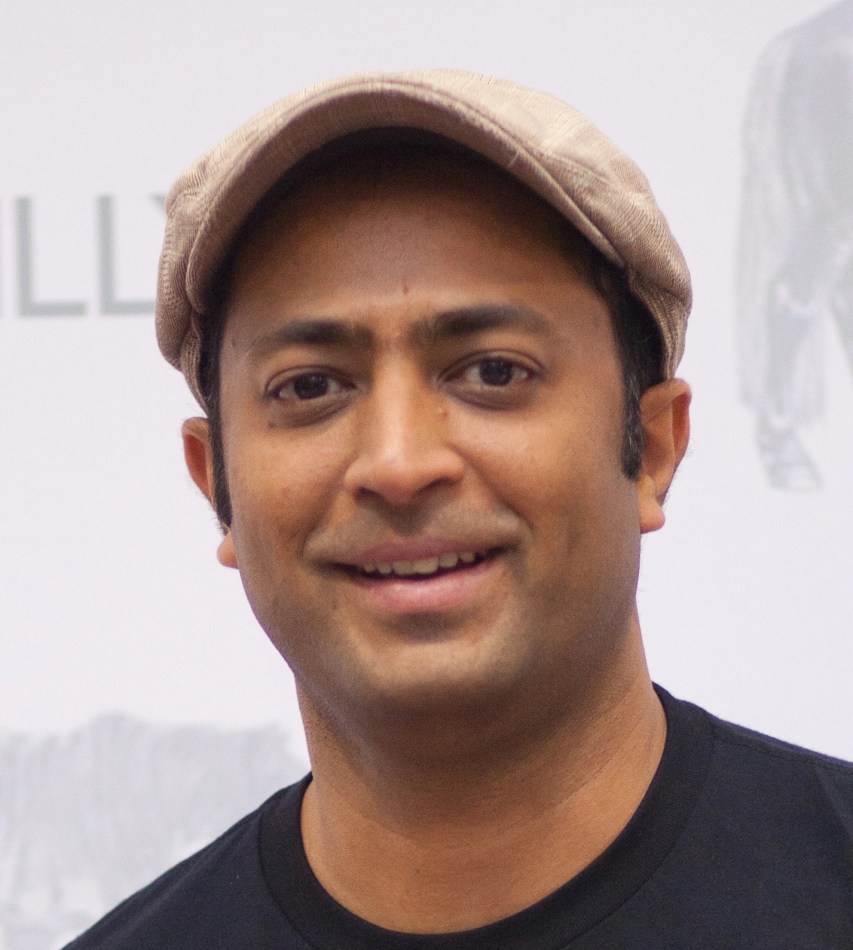EVENT AGENDA
Event times below are displayed in PT.

Performance @Scale is an invite-only conference targeting East Coast-based engineers working on the technical and organizational challenges of high-performance applications and services.
The @Scale community focuses on bringing people together to discuss these challenges and collaborate on the development of new solutions.
Event times below are displayed in PT.
In our first talk of the conference you’ll hear how Facebook is scaling its performance efforts across many apps that are growing and evolving rapidly. What are the newest directions Facebook is exploring to make apps fast and keep them fast? The speaker Surupa Biswas is the Engineering Director of Facebook’s central performance team that partners with app teams across the company to make apps fast, reliable and efficient for everyone on every device and browser.

In this talk we will look at how to collect, analyze, and act on a few metrics that tell us more about how our user feels when using the site. We can trend how these metrics change over a user’s browsing experience, and we can improve over time the metric that really matters: user happiness.
Some of the metrics we’ll look at are: Rage clicks, missed clicks, and dead clicks; Cursor thrashing; and LD50 (median lethal dose).
We’ll try and correlate these metrics with things that are easy to improve developmentally, like smoothness, jank, visible transitions, and more.
At the end of this talk you will understand which metrics are useful to measure, how to measure them, and how to tie them in to your development goals.

Networks (graphs) of people’s social and content interactions are a rich source of data for machine learning algorithms. Traditional machine learning algorithms do not naturally take graph-structured data as input, so unsupervised methods such as graph embeddings are used to turn graph data into features that can be used for machine learning tasks. However, modern interaction graphs, particularly in industrial applications, contain billions of nodes and trillions of edges, which exceeds the capability of typical embedding systems. In this talk, I will describe the techniques that the PyTorch-BigGraph uses to scale graph embedding methods to graphs of this size. I will also discuss new work on applying the PBG philosophy to achieve further scaling on GPUs, and how we are combining graph embeddings with graph neural network models on these extremely large graphs.

With today's complex web content, ordering the requests for resources can have a dramatic impact on the resulting user experience. Patrick will explore what the impact of the ordering can have, discuss practical solutions to improving the ordering and share some common pitfalls. We will be exposing the challenges from the protocol layers (HTTP/2 and 3) to the impact of third-parties, content sharding and the performance challenges that come with the increased focus on privacy within browsers.

Instagram is one of the largest Python deployments which supports billions of people using the service. As the system and features keep growing, so has our compute footprint. This was even more evident this year when global lockdowns caused an unexpected growth in traffic, slowly pushing our physical resources towards their limits.
This talk will guide you through various optimizations that helped us stay ahead of the curve. From dealing with excessive memory page faults to python concurrency, we'll take a deep dive into how Instagram has contained, addressed, and turned around our infrastructure efficiency.





